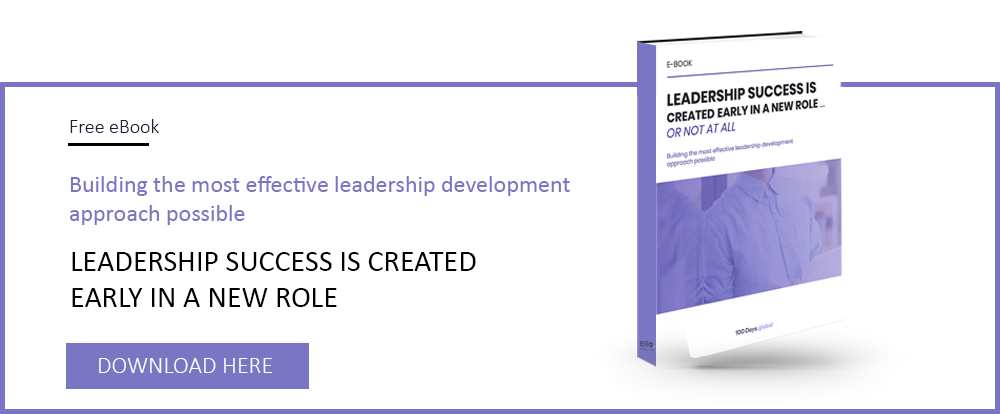Employees are overwhelmed by new tools and apps. This article gives a practical guide to how to get people to use them and provides an example.
Enormous numbers of apps, solutions and systems are being released all the time. As an example, an average of 6,140 mobile apps are being released through Google Play Store every day. How can organisations get their people to use the new solutions they choose when there are so many?
Clearly, organisations need to limit the number of new solutions they introduce, prioritise the ones with greatest promise and stop using the ones that don’t provide the promised results. But at the same time, they need to embrace the potential in new solutions. They need to introduce quite a few to remain relevant.
Following the 3Us model is helpful in choosing and implementing new digital solutions (see How to design and implement digital leadership programmes). When choosing a solution, it is helpful to ensure that it is Useful, clearly addressing a pressing need, and Usable, i.e. both easy and attractive to use. Lastly, the solution has to be Used if it is to provide value. There are 2 golden rules for successful implementation so that the solution is used in practice:
1. Put the organisation’s full weight behind it

This is taken straight out of the change management playbook. The 100s of surveys about what makes change work all tell us that (top) management backing is the most important factor. If management doesn’t prioritise, or only plays lip-service to a change programme, the programme dies.
We ignore this obvious fact over and over again. Organisations face so many demands, and are so ambitious, that they overfill their agendas all the time. Prioritisation is often felt to be impossible but that doesn’t change anything: if the organisation doesn’t put it’s weight behind a new solution it won’t fly.
2. Construct a bundle of activities that in combination drive adoption

This second point is more tactical, understanding that doing one or two things is not enough to change behaviour. The organisation needs to run a bundle of activities that work together to influence both the end-user directly and the people that influence the end-user, like their bosses and colleagues.
Adoption of a new digital solution is the same as any shift in behaviour, like maintaining 1 metre distance to other people during a pandemic or wearing a surgical mask. The information given by the health authorities, what your friends and family do, whether someone in a shop reacts to your being too close, if an influential person refuses to wear a mask etc. all influence what you do.
An organisation needs to have a clear plan for what should go into the bundle of activities, who should do what and how to evaluate the effect. This plan should create the desired behavioural change, in this case 80% adoption of the new digital solution.
Example
ELLA is a new digital solution helping managers succeed in 100 days in a new role. The solution is Useful in that 40% of managers underperform in new roles and success in 100 days sets up strong performance for the 4.5 years the manager is in the role. The solution is Usable, with a logical structure, high value content and very positive user feedback. In terms of ensuring that the solution is Used the following implementation approach is recommended, based on the 2 golden rules:

In this example the approach is based on a set of roles that perform actions that are timed to connect with the user’s journey. These actions are supported by automated reminders and prompts from the solution. The results of using the solution are evaluated.
It can be helpful to see the detail of what each role is expected to do:
- The Sponsor:
- Anchors the purpose and use of the solution in top and line management
- Makes use of the system obligatory
- Gets the top manager to make an introductory video that is the first thing the manager meets when registering in the solution. The top manager asks the manager to use the tool actively
- Ensures that the system is evaluated
- The Administrator
- Administrates users, sending invitation in co-ordination with Line Manager
- Adds customer-specific data
- The Line Manager
- Introduces the solution early in the process, before it is to be used
- Asks the user to use the system actively
- Asks for output from the solution and sets follow-up dates
- Boss’ boss
- Attends a start-up meeting with Line Manager and User
- Sets up a meeting for 100 days later to hear feedback from Line Manager and User
One of the most important automated prompts is a weekly self-evaluation. The user evaluates their progress based on 4 key variables. The answers become data points on the user’s performance curve. When the curve dips the user is prompted to rectify the negative development.
The user is also prompted to evaluate the solution at the end of the period of use (100 days).
If you feel that this article was helpful, and you liked what you read about ELLA, please download our e-book giving you more information about how to help leaders succeed in 100 days in a new role.




